Between Positivism and T. S. Eliot —— Imagism and T. E. Hulme
----- 在实证主义与艾略特意象主义和休谟之间
Several critics have been intrigued by the gap between late Victorian poetry and the more 鈥渕odern鈥?poetry of the 1920s. It is my contention that a close analysis of the poetry and criticism written in the first decade of the 20th century and until the end of the First World War 鈥?excluding war poetry 鈥?will be rewarding if we want to acquire a greater understanding of the transition. The book is not meant as a total overview of the intellectual climate in England from Tennyson to Eliot. Rather, it describes the development that took place within art and literature 鈥?especially poetry 鈥?as a reaction against the positivist attitude. Early in the 19th century, science came to be taken as the opposite of poetry because the Romanticists conceived of the lyrical poem as the outlet of the poet feelings. That attitude was dominant during the rest of the 19th century. To many readers and critics, T.E.Hulme represents little more thasn a footnote. He is vaguely known as one of the precursors of the far more interesting T.S.Eliot, for which reason some lip-service may be paid to him, but his own achievement is hardly ever referred to. Hulme and the Imagists represent an intermediary stage between Tennyson and Eliot, but they are more than mere stepping-stones. Besides being experimenting poets, most of them are acute critics of art and literature, prescriptively as well as descriptively. Hulme theories are sketchy, his presentation not infrequently confusing, and his poetry mostly fragments. The following pages attempt to analyse his oeuvre, a material hardly anybody has taken the trouble to consider in its entirety, He understood that some form of theory is a useful accompaniment of poetic practice, and, like his Imagist friends, he made the poetic image the focus of his attention. The Imagists were opposed not only to the monopoly of science, scientia scientium, which claimed to be able to decide what truth and reality 鈥渞eally鈥?were, but also to the 鈥淭ennysonianisms鈥? which, they felt, had made poetry predictable and insipid. This book attempts to get to grips with the watershed. I owe Professor Lars Ole Sauerberg my heartfelt gratitude for his advice, encouragement and patience during the process of writing this book.
{{comment.content}}

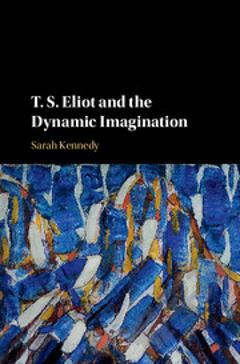
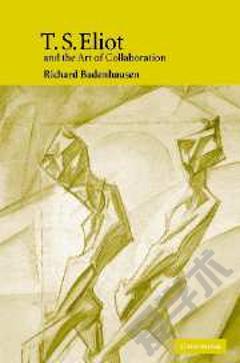

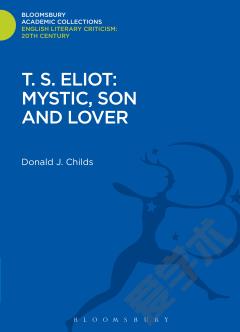
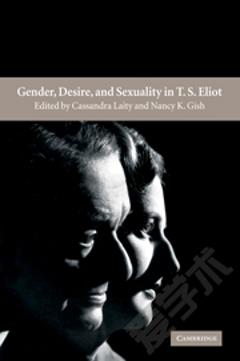
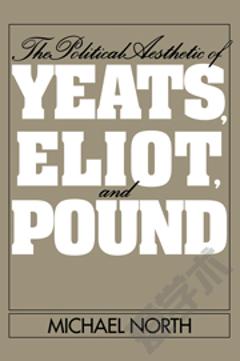

 京公网安备 11010802027623号
京公网安备 11010802027623号